5 February 1778 Thursday
Vases, Candelabra, Grave Stones, Sarcophagi. Tripods, Lamps and Ancient Ornaments volume I
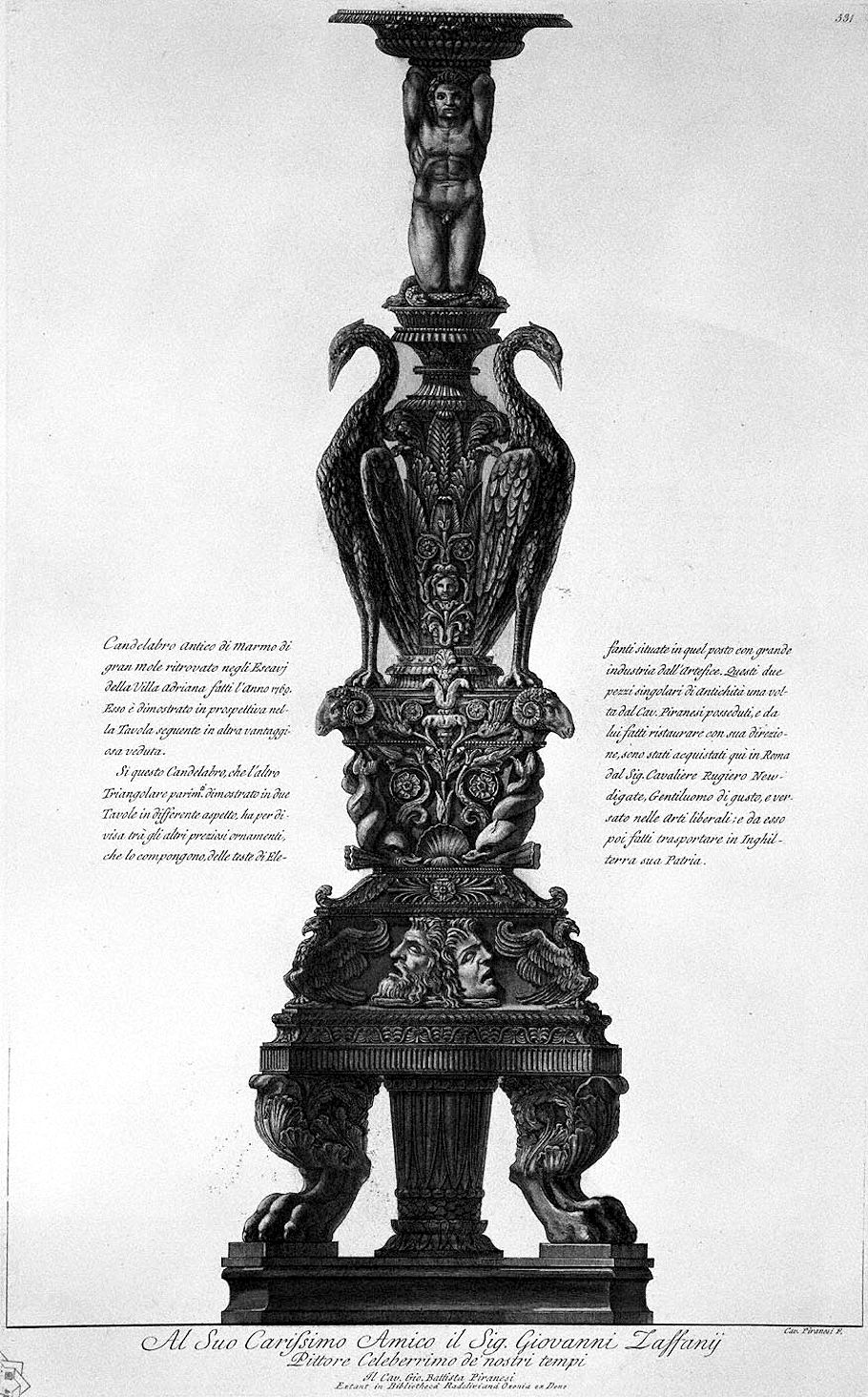
Large ancient marble candelabrum found in the excavations of Villa Adriana in 1769.
To your dearest friend Mr. Giovanni Laffanij
Famous painter of our times
The Cav. Gio. Battista Piranesi
Extant in Bibliothecą Radclivianą Oxonia ex Dono
Ancient candelabrum in marble of large size found in the excavations of Villa Adriana made in the year 1769. It is demonstrated in perspective in the following Table in another advantageous view.
Yes, this Candelabrum, which the other Equal Triangular one shown in two Tables in different aspect, has as uniform among the other precious ornaments that compose it, the heads of Elephants placed in that place with great industry by the craftsman. These two singular pieces of Antiquity once by Cav. Piranesi owned, and had by him restored under his direction, were purchased here in Rome by Signor Cavaliere Rugiero Newdigate, a gentleman of taste, and versed in the liberal arts; and then had it transported to his homeland England.
Cav. Piranesi F.
5 February 1812 Wednesday

Morning cloudy, wind SWerly. Therm. 34. Ground slightly frozen. About 11 wind drew to W and by noon became fresh from NW. Therm. 30° and rose no higher. I have been so engaged in posting up the accounts of AM and my joint purchases that I did not attend to the change of weather. Henry has been out to the therm. and reports it to be now, 10 o'clock[?], 24°. It has fallen 10° since sunset.
5 February 1997
Exhibit 1 notes
Piranesi as virtual architect and the Ichnographia Campus Martius as a virtual city.
The Ichnographia Campus Martius as a vast (virtual museum) collection of architectural plans.
A virtual museum of Roman architecture.
A virtual museum of building types (esp., portici, horti, sepulchers).
The Ichnographia Campus Martius is a foremost example of architectural virtuality, a virtual city, virtual archeology, a virtual museum of architecture.
5 February 1998
a bit dismayed and overwhelmed
When I say that I am overwhelmed, it is because I could be working on any number of projects, and I will list them here just for the record:
Keeping track of the pagan/Christian research that I am doing.
Reading and notating Suetonius.
Finalizing the outline of Life, Death, and the Triumphal Way.
Begin the outline of "Points of Departure."
Extruding the Ichnographia plans.
Organize (again) the Ichnographia data.
Ichnographia reversal themes
I want to investigate the significance of Phillippi (battle of?) in terms of Roman history. Since it is one of the obvious misplaced monuments/buildings in the Ichnographia, I wonder if there is any special reversal characteristic specific to the event. There is, of course, the significance of Piranesi's placement of a Porticus Phillippi along the Triumphal Way, the Perruzzi drawing, and the exchange with the Crypta Balba.
Along the same lines as above, I want to investigate the significance of Flaminius because of Piranesi's inversion of the Circus Flaminia.
5 February 2001
'Catalogo' references for all the circuses and their attendant temples and altars.
Tempio di Nettuno nel circo Flaminio. «Liv.. nel lib. 30, e l'iscrizione del Marliani» riferita nel cap.IV, art. XII, ove si parla di questo tempio.
Ara di Nettuno nel Circo Flaminio. «Liv. nel lib. 28 e 40.» Se ne parla al cap. IV, art. XII.
Circo d'Alessandro Aug. «Sesto Rufo nella Reg. IX di Rome» Si riferisce nel cap. 6, art. 13. Ve ne rimangono le vestigie, chi si accennano nella Tav. 2, col num. 24, nella 3, e nell'indice, che cade dopo di essa coi num, 41, 42 e 43. Si dimostrano poi in prospettiva nella Tav. XXXVII.
Circo Apollinare. «Liv. nel. lib. 3.» Veggesi Circo Flaminia.
Circo Apollnare presso la porta Collina. «Liv. nel lib. 30.» Ve ne sono gli avanzi, che si acennano nella Tav. 3, e nell'indice, che le succede, col num, 104, e si dimostrano in prospettiva nella Tav. XLI.
Circo Apollinare di Cajo e Nerone. «Plinio nel lib. 16, al cap. 40, e nel lib. 36, al cap. II. Tacit. nel lib. 14 degli Annali. Svet. in Claudio al cap. 21.» Vi era rimasto in piedi su la spina stessa del circo, cioe a dire innanzi l'odierna Sagrestia della gran Basilica di S. Pietro, interrato nelle rovine l'Obelisco Vaticano rammentato da Plinio nel luogo citato, da che vi era stato posto fino si tempi di Sesto V Pontefice Massimo, che indi lo fe trasterire, ed ergere in mezzo alla piazza della stessa Basilica; ove presentemente si vede; e come abbiam dimostrato nella nostra prospettive dei luoghi i piu celebri di Roma moderna.
Circo Apollinare di Domizia. «Procopio nel lib. della guerra Gotica.» Furono dissotterrati diciotto anni fa le rovine di questo circo nel situ, ove l'abbiam delineato, ed ove son state dinotate dal Nolli nella sua pianta di Roma moderna. Di esse parla il Fulvio, ove dice: «Vi resta per anco fuori di porta Castello, in quelle vigne vicine, non lungi dalla mole Adriana una piccola forma di un circo di pietra nera e dura quasi affato rovinato.»
Circo Apollinare Flaminio, «Liv. nel lib. 3 ed 8, l'epitoma del lib. 20 del medesimo Dione nel lib. 55, la sua epit. in Augusto, Plutar. in Silla, Fulvio ed il Ligorio.» Si riferisce nel cap. 4, art. 1. Ve ne rimangono aleune vestigie che si dinotano nella Tav. 2, presso il num. 18 nella 4 e suo indice col num. 55, e si dimostrano in prospettiva nella Tav. XVII.
Circo Apollinare d'Adriani. «Dalle vestigie scoperte pochi anni fa nel sito ove l'abbiamo delineato.» mentre il Rosati, e Canuti pastinavano questa parte di fondo del subborgo.
Oriuolo nel circo Flaminio. «Vitruvio nel lib. 9 al cap. 9.»
Fabbriche del vetro nel circo Flaminio. «Marziale nel lib. 12 epig. 75.»
Tempio d'Apolline nel circo Massimo. «Sesto Rufo nella Reg. IX di Roma.» Ne rimangono gli avanzi, che si dinotano nella Tav. 2, col n. 17, nella 3 e suo indice col num. 11. Si dimostrano in prospettiva nella Tav. XVII.
Tempio di Apolline e Clatra nel foro di Salustio. «Sesto Rufo e P. Vitt. nella Reg. VI di Roma.»
Tempio d'Apolline presso il circo Cajo e Nerone. «Anatas, Bibliotec. nelle Vit. dei SS. Pietr. Apost. e Cornel.»
Hypersize
...what it is really like in the Campo Marzios virtual realm. ..slip in and out of being rational and scholarly or experimental and slapdash. ...a hypermodern effect.
...there came the realization that Le Antichitą Romane begins with fragments of the Forma Urbis followed by displays of Romes city walls. This brings to mind the notion that Piranesi first presents the pieces of the puzzle followed by the edges of the puzzle. This is interesting in terms of the Il Campo Marzio then being the completion of the puzzle (and beyond).
Campo Marzio circuses with temples
...Piranesi's initial circus designs which incorporated temples (mostly to Apollo) may be because Piranesi followed the descriptions in Tertullian's The Shows.
clues and inverted meanings
Design an Ichnographia full of clues and inverted meanings.
5 February 2007
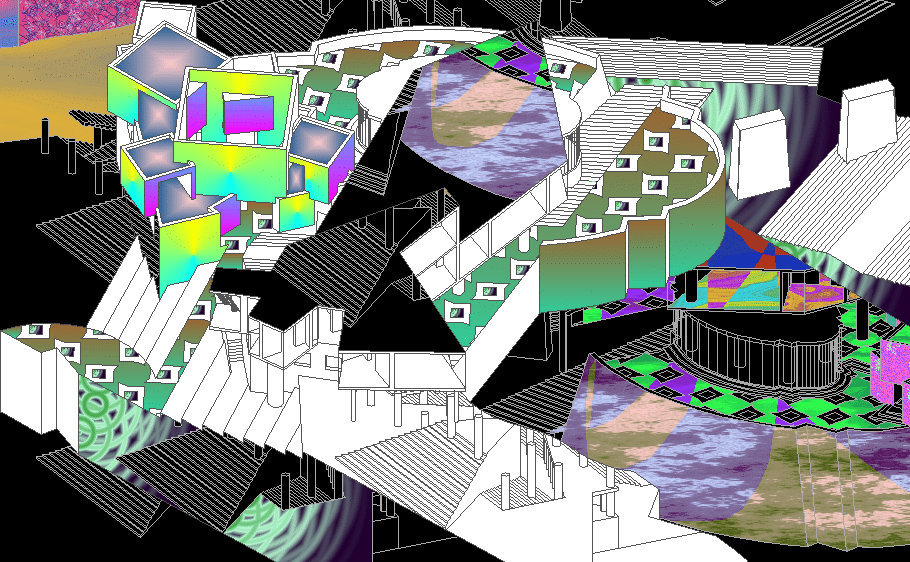
I wonder why some people here always need...
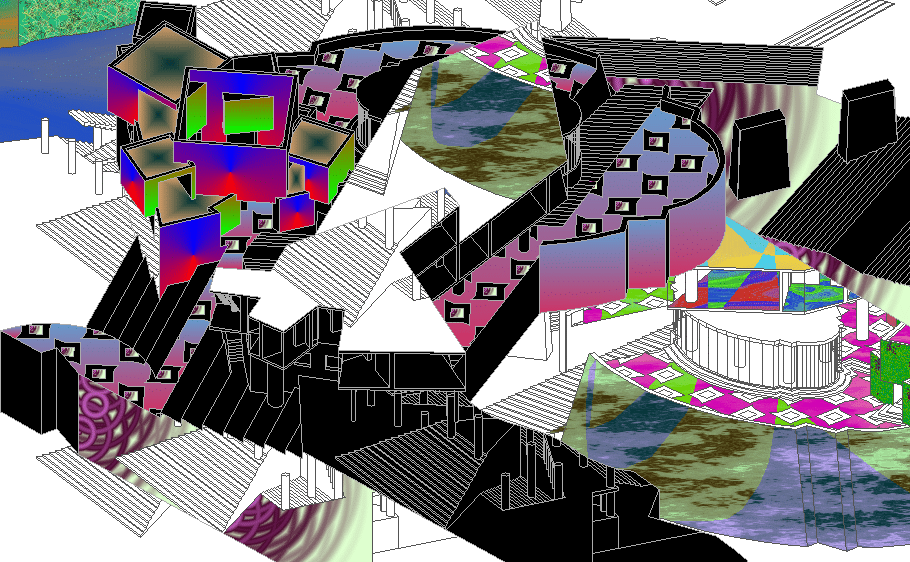
just wanted to mention that Piranesi did...
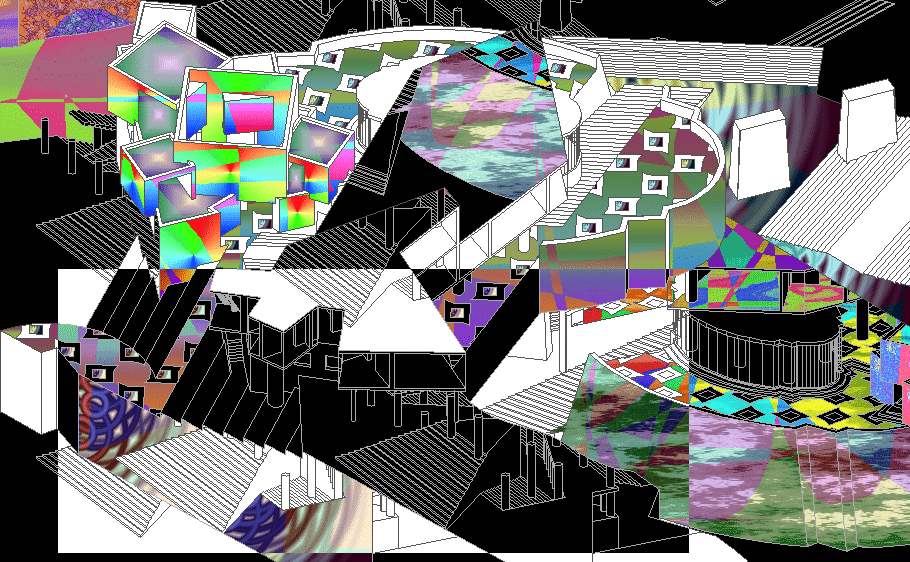
Fundamental to the concept of seeing is its inverse or...
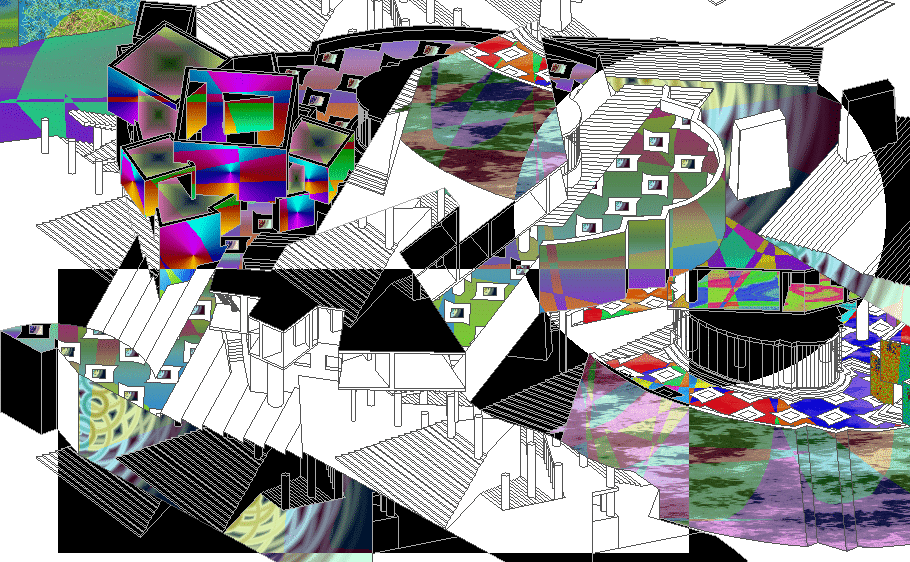
"
his eyes, magnified to fantastic proportions...
5 February 2016
Military Museum
The buildings along the Equiria related to the military are: the Officinae Balistarium, the Officinae Scorpiorium, the Templum Castrum, the Naumachia Domitiani, three Circulus with two Ludus, the Officinae Armorum with its attached Officinae machinarum militarium, the Templa Jovis Martis Veneris, and an Aedicula Isidis, all of which translate into a ballista factory, a scorpion factory, a temple dedicated to Castor (the guide to mariners), a stadium for the show of mock sea-fights, exercise fields, a factory for arms and military machines, and a triple temple dedicated to Jupiter, Mars, and Venus and chapel dedicated to Isis. These buildings, moreover, are interspersed with "statues of illustrious men" as well as the sepulchers of many distinguished military figures from Roman history. This concentration of military functions essentially constitutes a design for ancient Rome's main military headquarters.
Portrayed as both the home of Rome's military operations and the site of Rome's oldest annual festivity, Piranesi's Equiria takes on a symbolic significance beyond just the honoring Mars. Within its overall Campo Marzio context, the Equiria, as both age-old secular/equestrian axis and axis of war represents the backbone of ancient Rome's civic and martial pride.
5 February 2023 Sunday
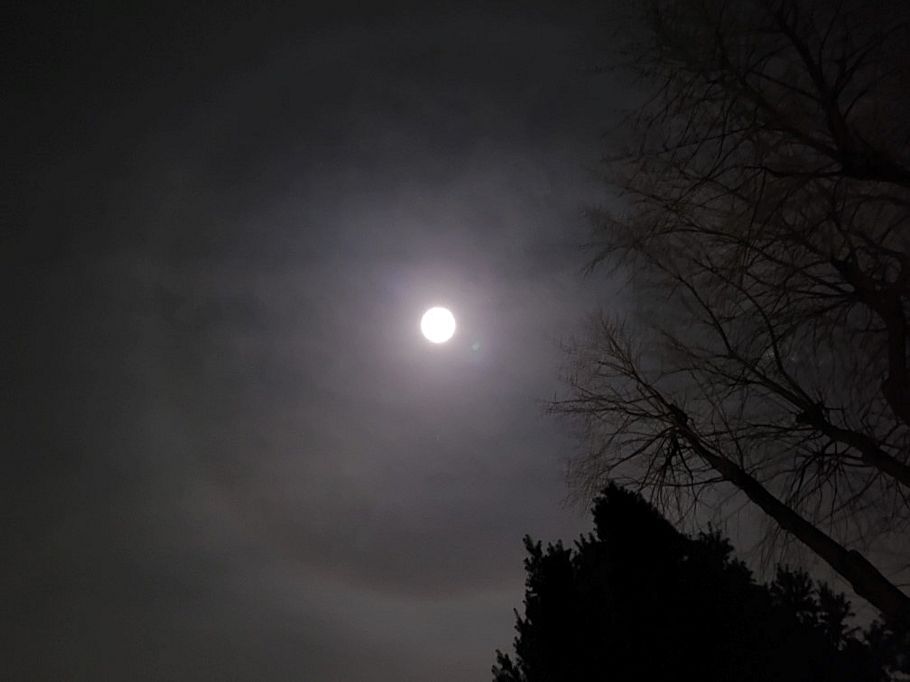
The full moon has a halo tonight.
Vases, Candelabra, Grave Stones, Sarcophagi. Tripods, Lamps and Ancient Ornaments volume II
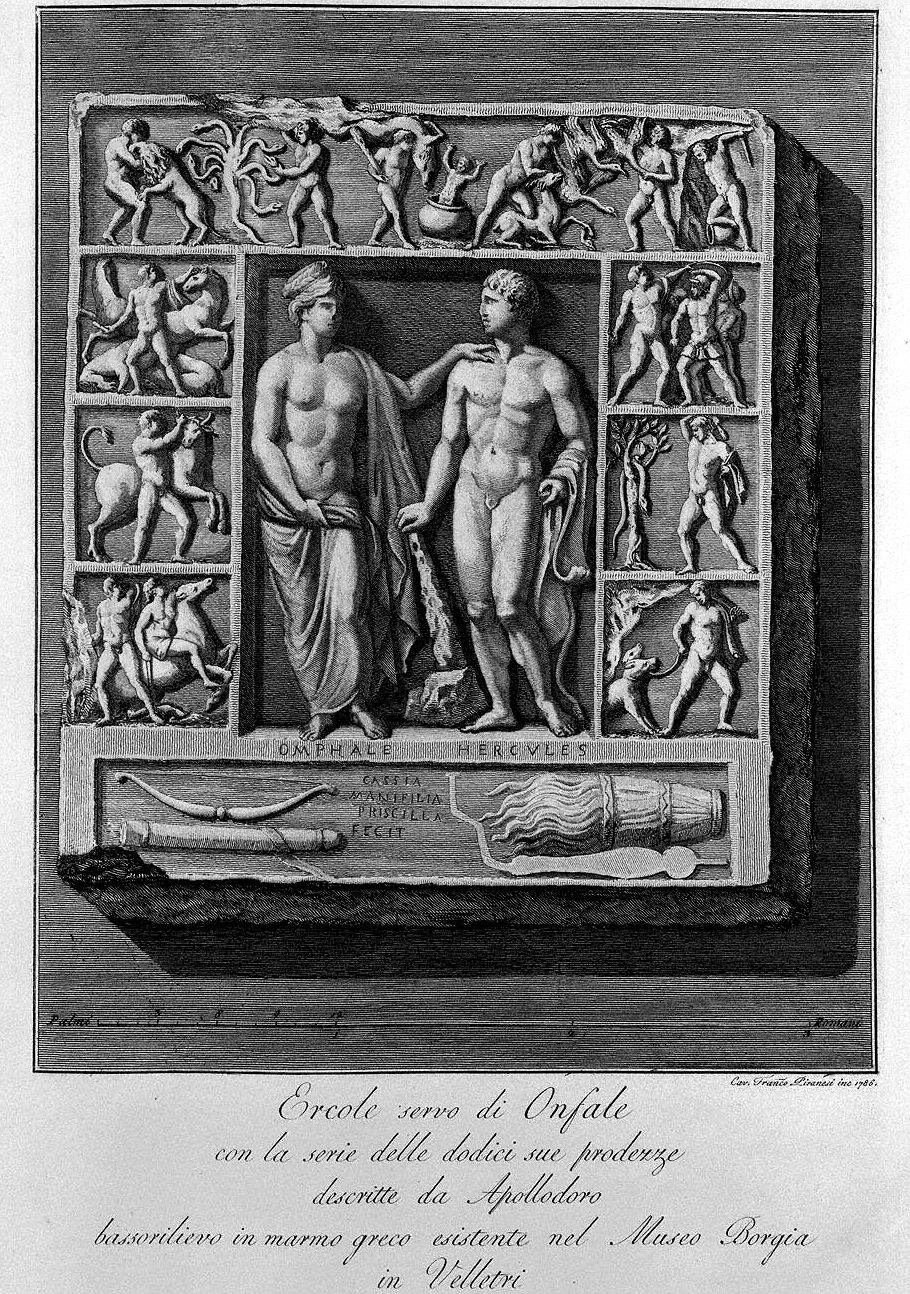
Hercules servant of Omphale with the series of his twelve exploits described by Apollodorus bas-relief in Greek marble existing in the Borgia Museum in Velletri
Cav. Francesco Piranesi inc. 1786.
|